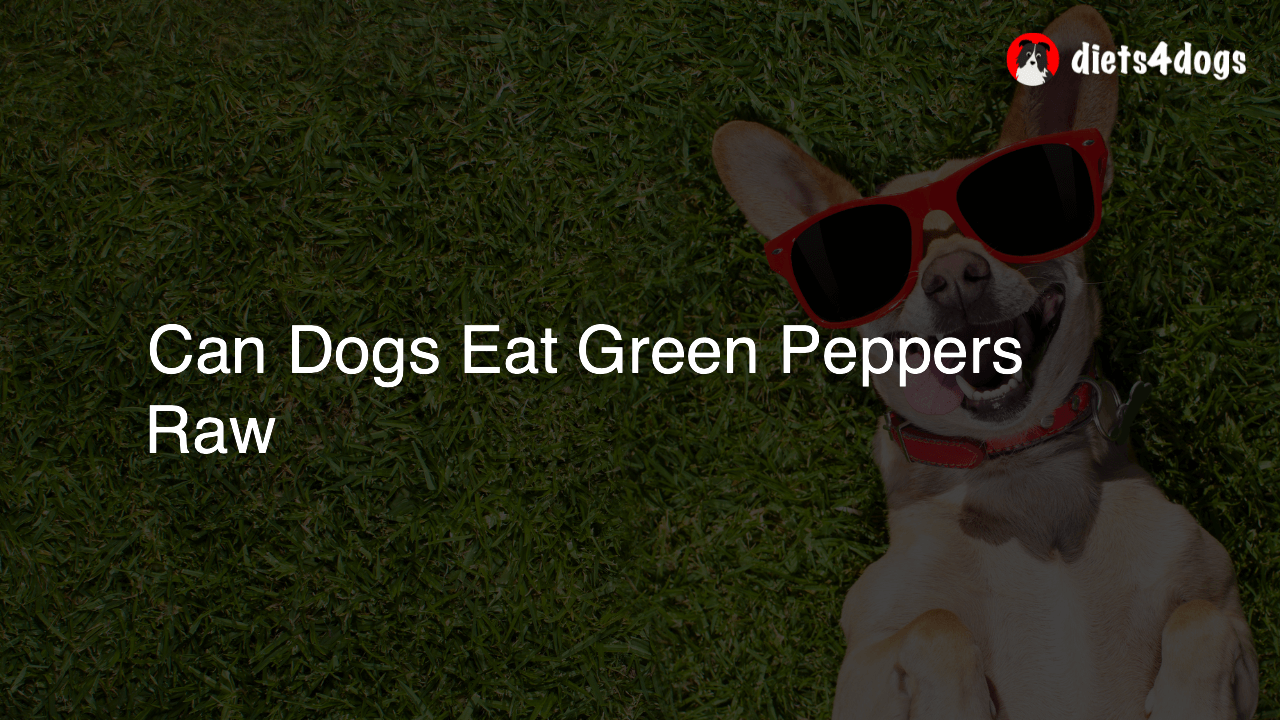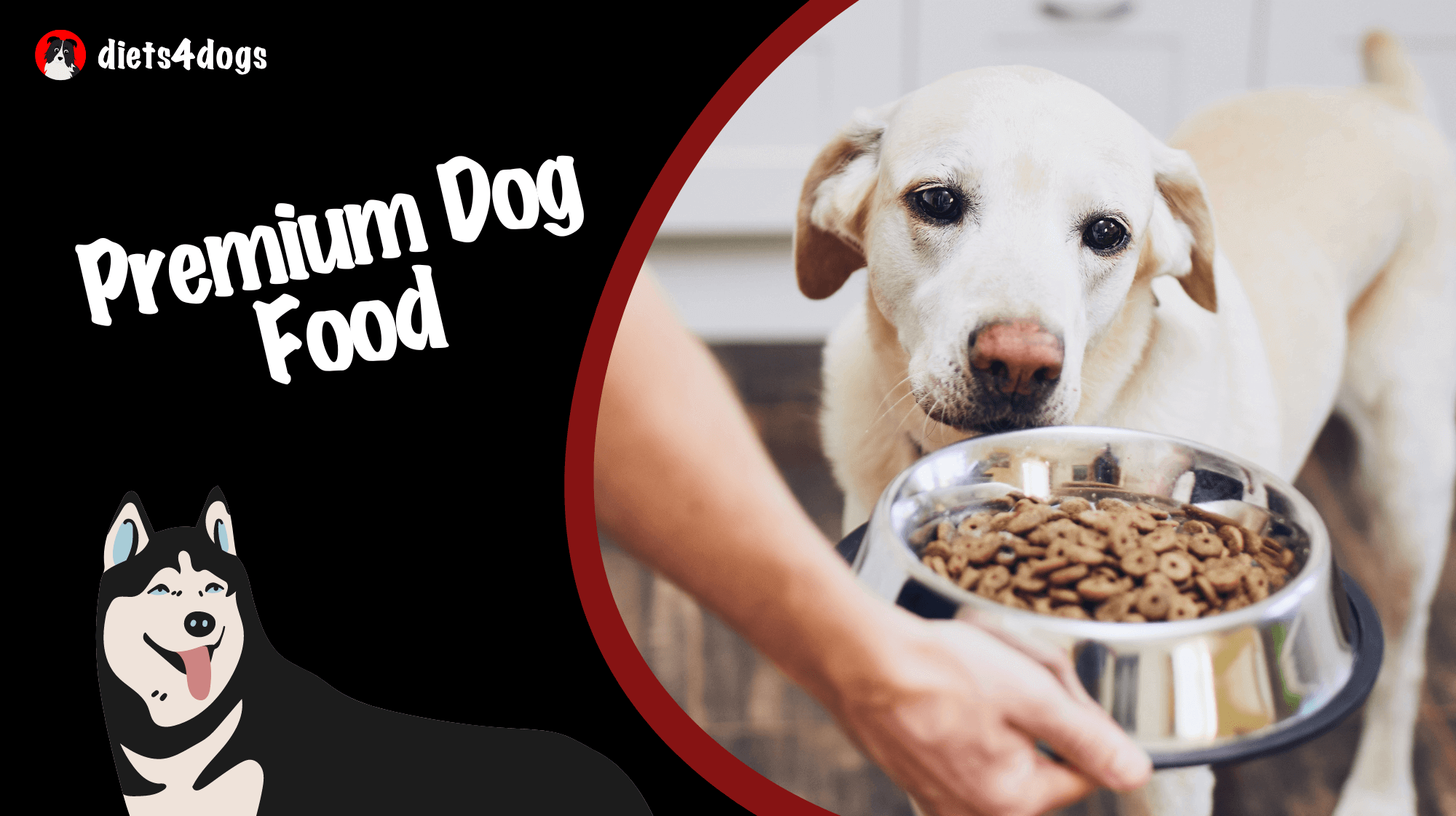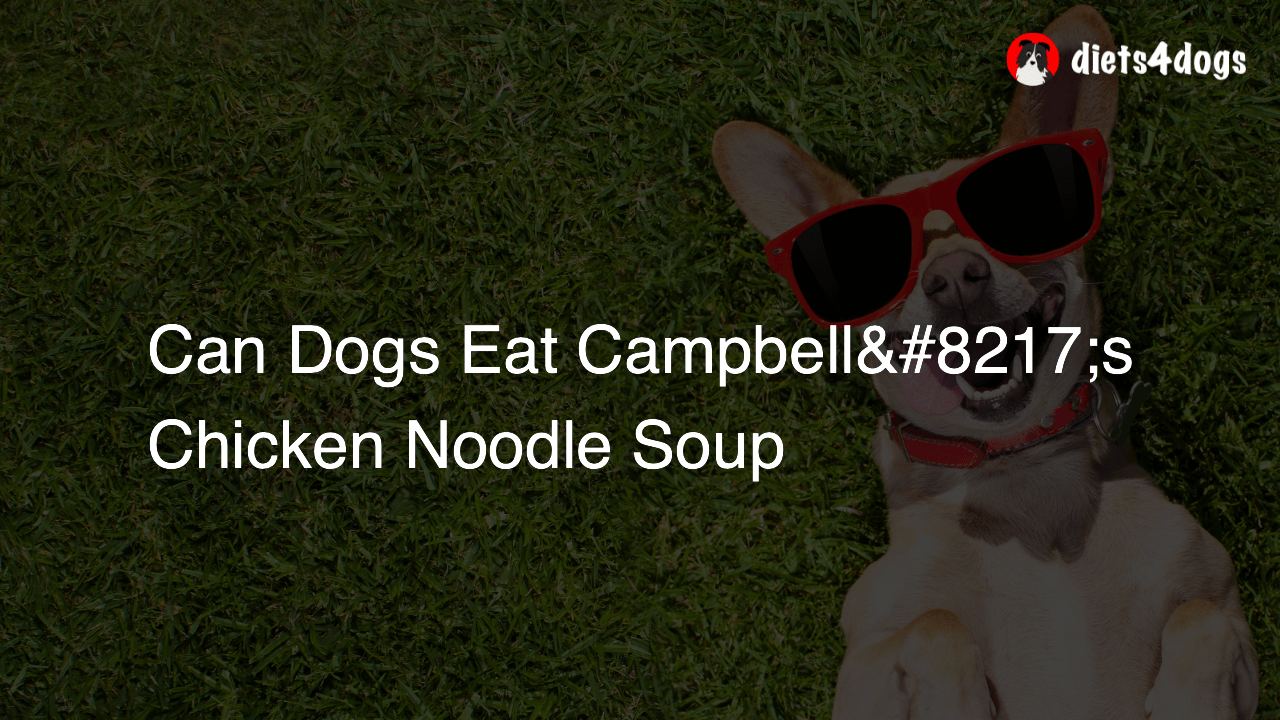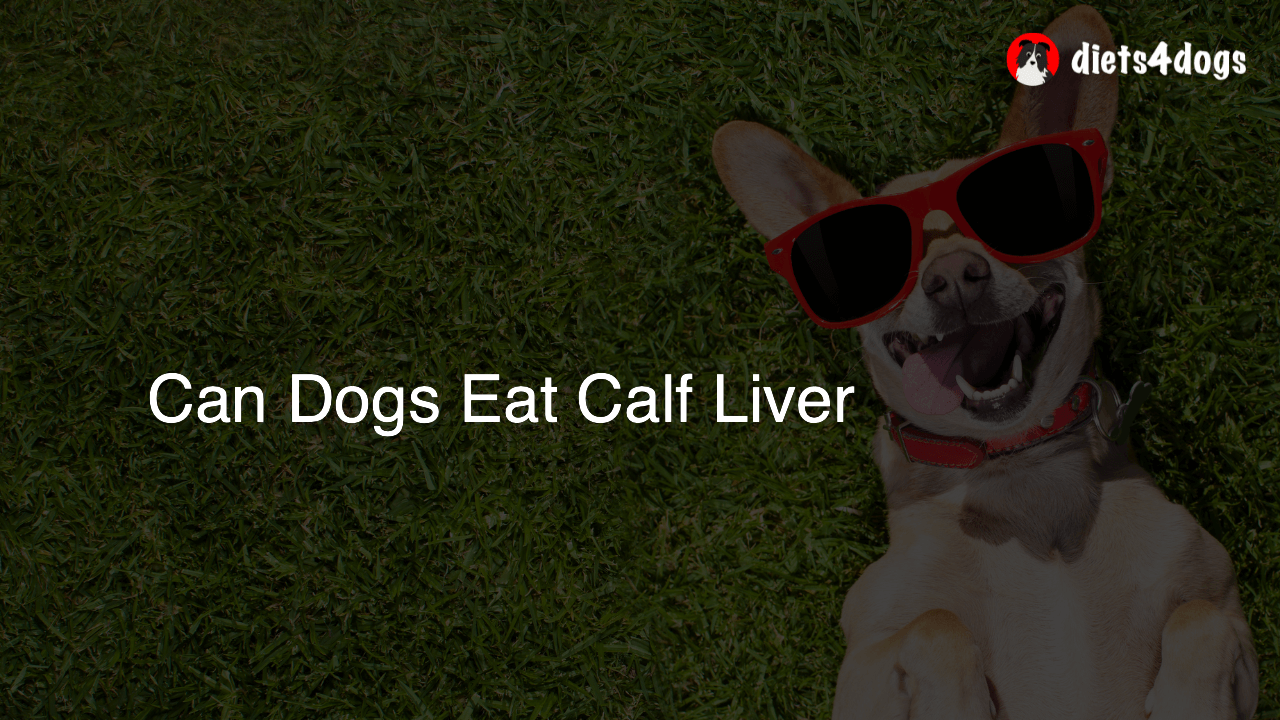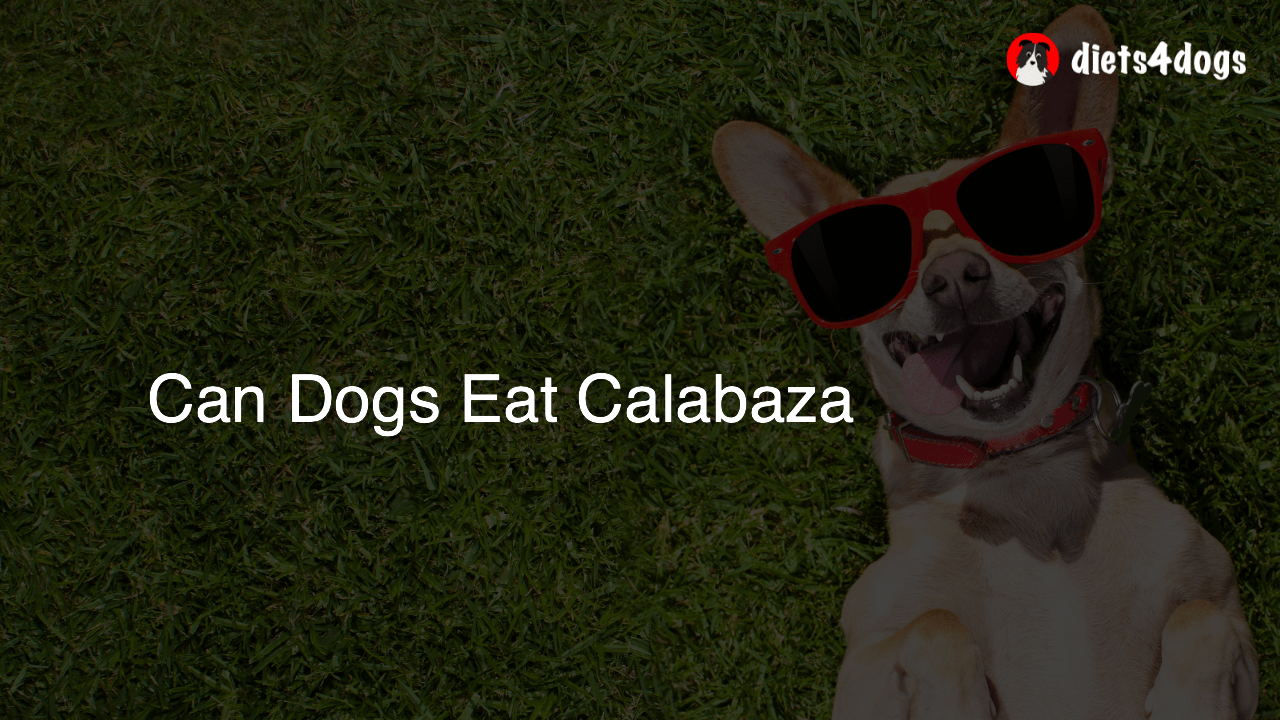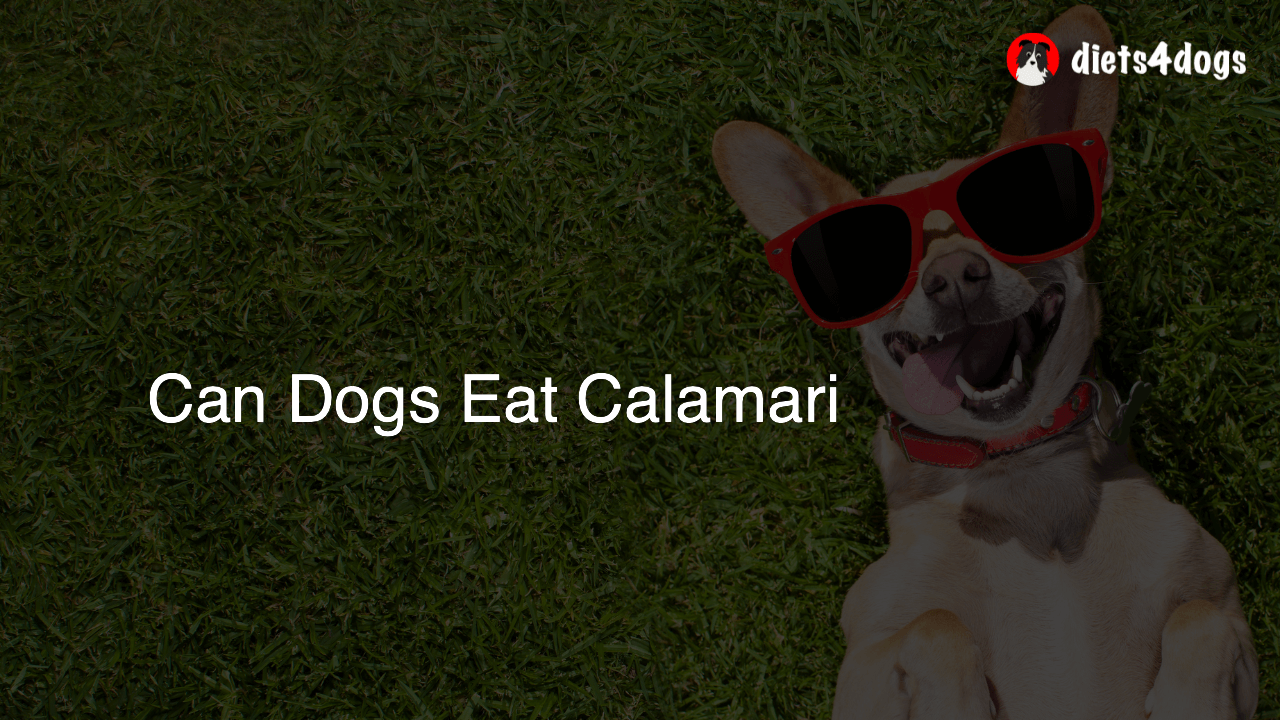Can Dogs Eat Green Peppers Raw
Yes, dogs can eat green peppers raw. Green peppers are a safe, low-calorie treat that are packed with vitamins and minerals beneficial to your dog’s health. However, it’s important to remove seeds and stems, and cut the peppers into small, manageable pieces to avoid any choking risk.
Can Dogs Eat Green Peppers Raw
As a dog owner, you always want to ensure that you’re providing the best possible diet for your furry friend. You might wonder if it’s safe to feed your dog raw green peppers as a tasty and nutritious treat. Well, the good news is, yes, dogs can eat green peppers raw!
The Health Benefits of Green Peppers for Dogs
Green peppers, also known as bell peppers or capsicums, offer an array of health benefits that make them a great addition to your dog’s diet. Let’s take a closer look at why green peppers are such a fantastic treat option for your pet:
1. Low in Calories
Green peppers are low in calories, making them an excellent snack option for dogs, especially those that may be prone to weight gain. Giving your dog a raw green pepper treat is a healthy way to provide them with an enjoyable snack without overloading their diet with extra calories.
2. Packed with Vitamins and Minerals
Green peppers are an excellent source of vitamins A, C, E, and K, as well as important minerals such as potassium, manganese, and folate. These nutrients contribute to your dog’s overall health, supporting a robust immune system, healthy skin and coat, proper eyesight, and much more.
3. High in Fiber
Raw green peppers have a high fiber content, which can help promote better digestion and regular bowel movements in dogs. Fiber also keeps your dog feeling full for longer, preventing overeating and making bell peppers a great treat for weight management.
How to Safely Prepare Green Peppers for Your Dog
Though raw green peppers are safe for dogs to eat, it’s essential to prepare them correctly to prevent any potential health risks. Here are some easy-to-follow steps to ensure that your dog enjoys their healthy treat without any issues:
1. Thoroughly Wash the Green Peppers
Before serving green peppers, make sure to wash them under clean running water to remove any dust, dirt, or lingering pesticides. This helps to ensure that your dog is consuming a fresh, clean, and safe treat.
2. Remove Seeds and Stems
Take the time to remove the stem and seeds from the green pepper, as these parts can pose a choking hazard for some dogs. This is particularly important for smaller breeds, who have smaller throats and may find it more difficult to swallow larger pieces of food.
3. Cut the Green Pepper into Appropriate Pieces
To prevent your dog from choking or experiencing digestive problems, cut the green pepper into small, bite-sized pieces that are easier for your dog to chew and swallow. Consider the size of your dog when preparing the pieces, ensuring they’re of an appropriate size for their breed.
Incorporating Green Peppers into Your Dog’s Diet
When introducing green peppers to your dog’s diet, start by offering small amounts to ensure they don’t experience any adverse reactions. If your dog enjoys the flavor and shows no signs of digestive issues, you can gradually increase the amount over time.
Keep in mind that, while green peppers can be a healthy and nutritious treat, they should not replace your dog’s primary source of nutrition. Dog food is specifically formulated to meet their unique dietary requirements, and treats—green peppers included—should be used sparingly and in moderation to maintain a balanced diet.
Alternative Vegetables Suitable for Dogs
If your dog enjoys snacking on green peppers, you might be interested in learning about other vegetables that are safe and healthy options for your furry friend. Keep in mind that, like green peppers, these should be fed in moderation and should not replace your dog’s primary diet:
1. Carrots
Carrots are an excellent low-calorie treat packed with essential vitamins and minerals. They also hold the added benefit of promoting oral health, acting as a natural teeth cleaner as your dog chews them.
2. Sweet Potatoes
Sweet potatoes are not only delicious but are also an antioxidant-rich treat loaded with vitamins A, C, and E. They can either be served raw, as long as they are sliced into manageable pieces, or cooked (no added spices or oils) and mashed for a smoother texture.
3. Cucumbers
Another low-calorie option, cucumbers, contain a high water content and essential nutrients like potassium, Vitamin K, and Vitamin C. Slice them into bite-sized pieces for an easy and hydrating snack.
Vegetables to Avoid
While some vegetables can serve as nutritious treats for your dog, there are several that you should avoid due to their potential toxicity or negative effects on your dog’s health. Here are a few examples of vegetables that can pose risks:
1. Onions and Garlic
Onions and garlic contain compounds that can be toxic to dogs, causing anemia and gastrointestinal issues if ingested. It’s essential to avoid these to prevent harm to your dog.
2. Avocado
While avocado is a popular healthy food for humans, it contains a chemical called persin that can be toxic to dogs. This can lead to vomiting, diarrhea, and other symptoms, so it’s best to keep avocados off your dog’s snack list.
Implementing Healthy Treats in Your Dog’s Diet
Finding the right balance between a healthy dog food diet and incorporating nutritious treats for your dog is an important part of being a responsible pet owner. By understanding the benefits and potential hazards associated with different vegetables and fruits, you can make informed decisions on what treats to offer your canine companion.
Green peppers, as well as other suitable vegetables, can provide tailored snacking options that contribute to your dog’s overall health and happiness. Always monitor your pet for any signs of discomfort or adverse reactions when introducing something new to their diet, and consult with your veterinarian if you have any concerns or questions.
Frequently Asked Questions About Dogs and Green Peppers
To help you better understand the ins and outs of feeding your dog green peppers and other vegetables, we’ve compiled a list of frequently asked questions and their respective answers. This section aims to address common concerns and provide you with reliable information to make informed decisions about your dog’s diet.
1. Can dogs be allergic to green peppers?
While it’s uncommon, some dogs may indeed have an allergic reaction to green peppers. If your dog exhibits signs such as itching, swelling, or difficulty breathing after consuming green peppers, consult your veterinarian immediately.
2. Can I feed my dog cooked green peppers?
Yes, you can feed your dog cooked green peppers as long as they are prepared without any added spices, oils, or ingredients that could be harmful to your pet. Ensure that the cooked peppers are cooled to an appropriate temperature before feeding them to your dog.
3. How often can I give my dog green peppers?
You can offer green peppers as an occasional treat, ensuring that they do not constitute more than 10% of your dog’s daily caloric intake. Balance is the key, as feeding too many green peppers can lead to an unbalanced diet and digestive issues.
4. Are other bell pepper colors safe for dogs?
Yes, other bell pepper colors, such as red, yellow, and orange, are also safe for dogs to consume. These peppers provide similar nutrients and benefits as green peppers, with some variations in their nutritional profile.
5. Can puppies eat green peppers?
Puppies can eat green peppers, but it’s important to introduce them gradually and monitor for any adverse reactions. Also, make sure to cut the peppers into small, easily manageable pieces to prevent choking hazards, especially for smaller breeds.
6. How much green pepper should I feed my dog?
The ideal amount of green pepper to feed your dog depends on factors such as their size, weight, and activity level. As a general rule of thumb, keep treats (including green peppers) to around 10% of your dog’s total daily caloric intake.
7. Do green peppers help with a dog’s bad breath?
Green peppers are not specifically known to combat bad breath in dogs. However, they do contain various vitamins and minerals that contribute to overall oral health. Carrots and apples are more commonly used as breath-freshening treats for dogs.
8. Can green peppers cause diarrhea in dogs?
If your dog is not used to consuming green peppers or other vegetables, they may experience temporary digestive discomfort, such as diarrhea, when first introduced. To prevent this, start by offering small amounts, and gradually increase the portion over time if they don’t exhibit any adverse reactions.
9. Can diabetic dogs eat green peppers?
Green peppers are a safe treat option for diabetic dogs, as they are low in calories and carbohydrates. However, it is essential to consult with your veterinarian before making any significant dietary changes for a diabetic dog.
10. Is green pepper good for dogs with arthritis?
While green peppers contain essential nutrients that can support overall health, they do not specifically target arthritis in dogs. However, a balanced diet alongside veterinarian-approved supplements and treatment plans will help manage arthritis symptoms.

